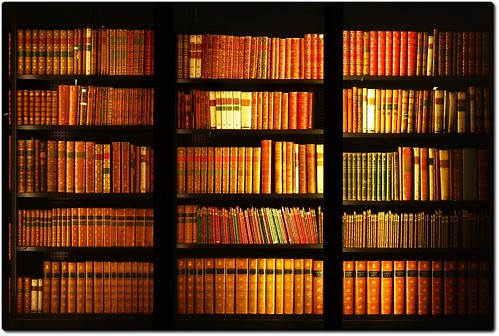Originally published in The Magazine, Issue #13, March 28, 2013
Reading is a cultural act. What we preserve in writing and pass on through reading is our cultural knowledge, whether it’s instructions on how to change a lightbulb or a lyric poem written in response to someone’s death. For more than half a millennium we have relied on printed books for transmission of culture, along with an ever-expanding cloud of printed ephemera.
In recent decades, our dissemination of written knowledge has expanded without the need for physical printing. But we’re still learning how to read the unprinted word; and the people who lay out pages for readers are just now figuring out how to present those words in an easy-to-read form. That form isn’t always the same as the ones developed for books, magazines, and other members of the print family.
As the late Bill Hill liked to say, “No one ever asked us to upgrade to Reading Version 2.0.” Bill Hill was the co-inventor, with Bert Keely, of ClearType, software developed at Microsoft (one of my former employers) to increase the apparent resolution of type, making letters onscreen appear sharper. “We tend to take reading for granted,” said Hill, “since we learn how to do it at about five years of age, and we continue to use the same basic technique for our whole lives.”
Read Me a River
The mechanism of human reading hasn’t changed since we were puzzling out what shamans scratched onto tortoise shells or squinting at a bill of lading in cuneiform pressed into a clay tablet. Our eyes haven’t grown any bigger or shrunk any smaller, our arms still hold what we’re reading about the same distance from our eyes, and the size of the letters or other symbols that we’re comfortable reading for any length of time still falls within a narrow range.
If you’re reading this on an iPhone or iPad, you see the result of a whole series of decisions about how to present these pages in iOS in an attractive and readable form. It’s a static page—scrollable, but otherwise unchanging, except that the lines break differently if you turn your device from a vertical position to a horizontal one. (Different choices were made for the web, where there are more variables.)
The iOS app for The Magazine [where this article originally appeared] determines its articles’ typeface, set at a particular (but adjustable) size and with a particular amount of space between the lines. It also determines the margins around the text block, and all the other aspects of the appearance of the page.
But what is a page? In a printed book, that’s an easy question to answer: the page is one side of a sheet of paper. Or more precisely, the surface of one of the sheets of paper that, when they’re folded, trimmed, and bound, make up the book. The content of that page—text, titles, illustrations, captions, whatever—has to fit somehow onto that surface. The essence of a book is a lot of pages, bound together, with text sprawling across those pages in sequence, page after page.
The same can be true on a screen (any kind of screen, from a phone to a home cinema). Just as you’d lay out a page of text to fit on the printed page, you can lay out a screen “page” of text to fit on the screen. If your book is going to be read on several different kinds of devices, you can design the pages differently for each device (an iPad screen, for instance, versus a Nexus 7). But that’s still a static format: one page to one screen.
Another approach is to think of the screen as just a window onto a large page: you scroll up or down or right or left to see other parts of the page. We think of this as unique to computer screens, but in fact it reflects the way books were often composed before the format we’re used to—separate sheets bound down one side—became common. (That is called the codex format. Not to be confused with a software codec.) With an ancient scroll, the reader held the two rolls of the scroll, one in each hand, and read the page that was displayed in between. (Unlike what we see in mock-medieval movies when a proclamation is being read, book scrolls were held horizontally, not vertically.)
The “page” then was a block of text, written in relatively short lines and read, like a codex page, from top to bottom. The scroll was essentially a series of pages side by side, with the unseen pages rolled up on either side. The normal page of a scroll had lines noticeably shorter than a lot of our modern books, and the handwritten letters were usually larger than the printed letters we see today in, say, a newspaper or a mass-market paperback. But not by much.
On a screen, the fundamental design question is whether to make the page larger than will fit on a single screen, so that you have to scroll down or sideways to read, or to design a page that fits exactly into the visible area of the screen. (With a real physical scroll, the motion of “scrolling” moved from one page to the next, not down a single long page.) What you’re reading right now in The Magazine takes the former tack; you have to scroll down to read the rest of this article.





